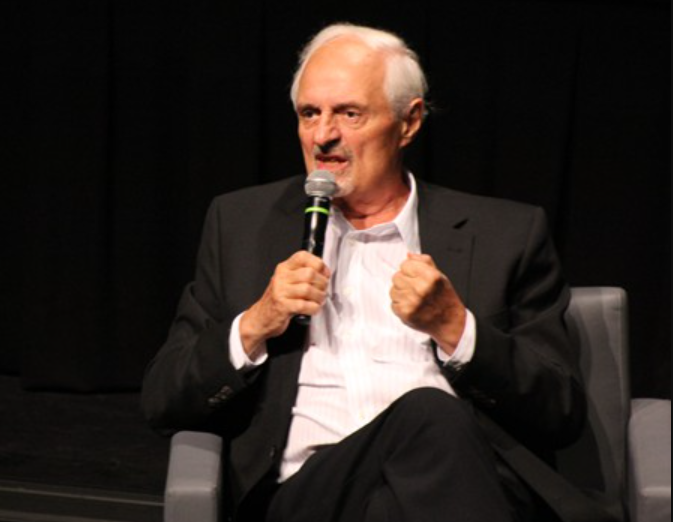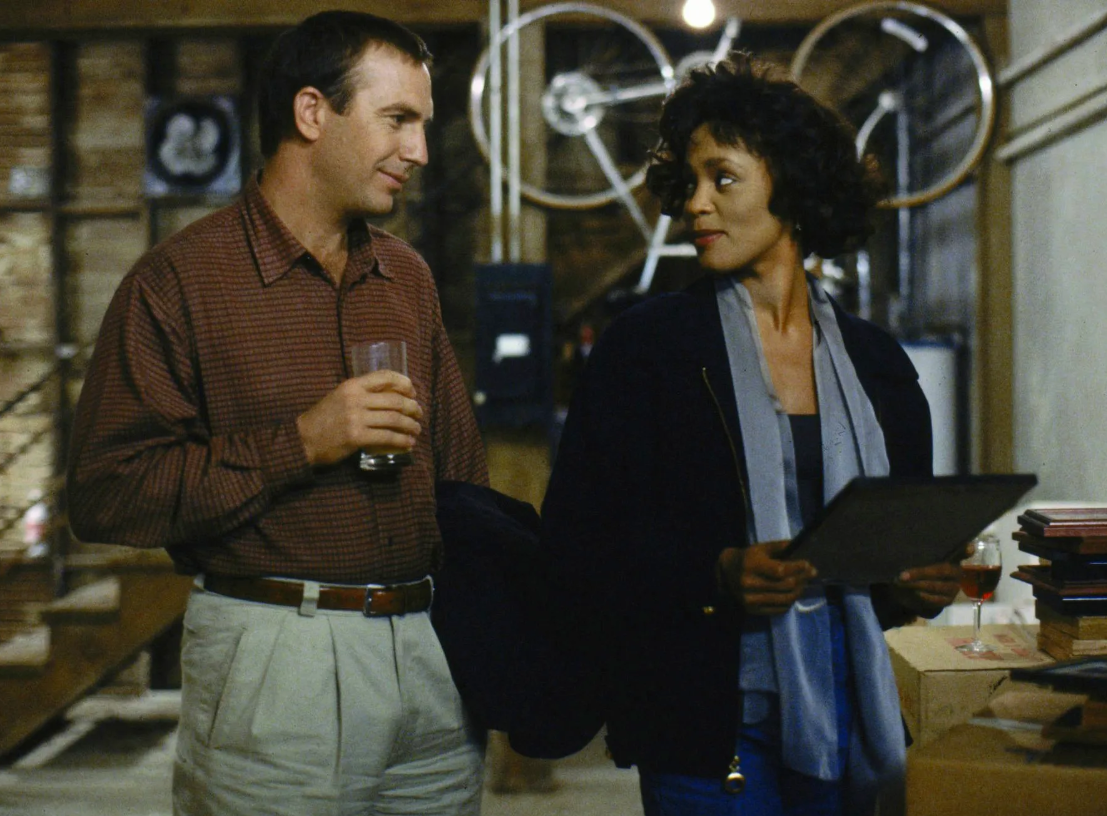With ‘Oppenheimer’ Out of the Picture, Can ‘Spider-Man: Across the Spider-Verse’ Win the Coveted Oscar Award 19 Years After ‘Spider-Man 2’

via Imago
[https://image-cdn.netflixjunkie.com/wp-content/uploads/Spiderman-Across-the-spiderverse-300x200.jpg]https://image-cdn.netflixjunkie.com/wp-content/uploads/Spiderman-Across-the-spiderverse.jpg
“I know you were afraid I would disappoint you.” This line from Sam Raimi’s 2004 Spider-Man 2 accurately summarizes the 2024 Academy Award for Visual Effects nominations list. A grand snub of one of the year’s most-awaited block-busters, followed by the inclusion of yet-to-be-released movies, gave the general audience a head-scratcher. However, one deservedly undisputed candidate in the contest is Sony’s animated juggernaut, Spider-Man: Across the Spider-Verse. The film, instilled within many as the best Spidey flick of all time, is on its way to reclaim glory for Sony after 19 long years.
But, does it deserve so?
A history of the Spideys and a tale of Oscar VFX
ADVERTISEMENT
Article continues below this ad
Unbeknownst to many, Nicholas Hammond served as the first live-action version of Spider-Man way back in 1977. However, it was the 2002 director-actor duo of Sam Raimi and Tobey Maguire that truly caught the imagination of many and birthed a franchise that would arguably, still decades later, remain the most recognized comic-book movie of all time. The two would again unite for a 2004 sequel, Spider-Man 2, that would eventually mark the first time a Spidey flick won an Oscar for Best Visual Effects.
Agreed that the 2024 nominees for the Best Visual Effects Academy Awards defied fans’ expectations. However, there are a few ground rules the Academy considers before short-listing a flick. A tantamount first is the consideration if the film indeed does have visual effects. Secondly, the thought goes on the overall effect the thus effects had on the production. Finally, an eye also measures the creative throughput the artistry brought to the entertainment industry. Once all these criteria are in place, the nominations are sought out.
How can an animation dethrone the complex CGI that gave many movies on the list a sense of realism? A minute inspection presents a curious case with the answer.
Spider-Man: Across the Spider-Verse is en route to win Sony the cinematic legacy of Sam Raimi’s Spider-Man 2
Almost two decades later, Sony once again stands at clinching the award with Spider-Man: Across the Spider-Verse and may end up winning it. The acclaimed animation of the Spider-Verse movies is unlike traditional animation and includes a state-of-the-art vision. To preserve the comic accuracy and make watching the screen as seamless as turning the pages of a comic book, the animators deliberately took to half-toning and line hatching. Moreover, the recent flick featured six different animation styles, each with its characteristic hue, aberration, and colors.
A strong point for Spider-Man: Across the Spider-Verse winning the best VFX Oscars is simply for the behemoth effort behind the scenes. With over 240 separate characters, the movie employed the largest-ever crew of animators with a count of over a thousand! Thereafter, instead of a traditional computer-generated render, the approach found a rework using a mix of 2D and 3D technology. Hand-drawn sketches for every scene were married with a frame rate of 12 frames per second to create a distinct animation style.
Finally, watercolor sets and unique blur effects with hand-drawn elements made their way to the screens. An astoundingly well-thought-out effort alongside a $100 million budget found itself redeemed when the mere opening weekend surpassed $120.5 million. Now, it stands firmly alongside Spider-Man 2 and Spiderman: No Way Home as the best spidey flick of all time, thoroughly deserving of an Oscar in recognition of its efforts.
In the meantime, there is also a reason why Christopher Nolan stopped short of even a mention despite one of the best visually striking movies of the year.
How Oppenheimer’s marketing worked against itself in the race for the best visual effects
Now, for fans and Hollywood, Christopher Nolan served a stellar masterpiece of storytelling prowess with Oppenheimer. Alongside Greta Gerwig’s Barbie, the film even played out a tug-of-war between its production members to move the dates. However, the over $952 million flick lost out on the visual effects category, ironically for its biggest selling point. From the very start, Nolan pitched his movie as one made with practical effects and absolutely zero CGI. Although the latter was outstretched.
ADVERTISEMENT
Article continues below this ad
Oppenheimer’s visual effects did little for world-building and more to enhance its visual aesthetics. The nearly 200 VFX shots in the film remained an amalgam of several intertwined practical shots instead of CGI. The major computer effects found employed only to remove certain modern elements from shoot locations. Thus, the film’s overall visual shots fell strikingly short of the over 800 and a 98% CGI environment for the included The Marvels.
An ironic oddity, Christopher Nolan’s despise for CGI is what led him to bow out of one Oscar category. However, the other inclusion does represent a worrying trend for Hollywood. The growing insistence on CGI not only overburdens the artists but also limits the visual appeal of a blockbuster. Thankfully, Marvel’s upcoming Deadpool 3 with Ryan Reynolds is actively fighting the tide. Regardless of it, Spider-Man: Across the Spider-Verse represents a beautiful cacophony of innovation and aesthetics that pitch as one formidable contender for the 2024 Best Visual Effects Oscars.
ADVERTISEMENT
Article continues below this ad
What are your thoughts on Spider-Man: Across the Spider-Verse looking to recreate history and Oppenheimer missing out? Let us know in the comments below.
ADVERTISEMENT
More from Netflix Junkie on Hollywood News
ADVERTISEMENT










